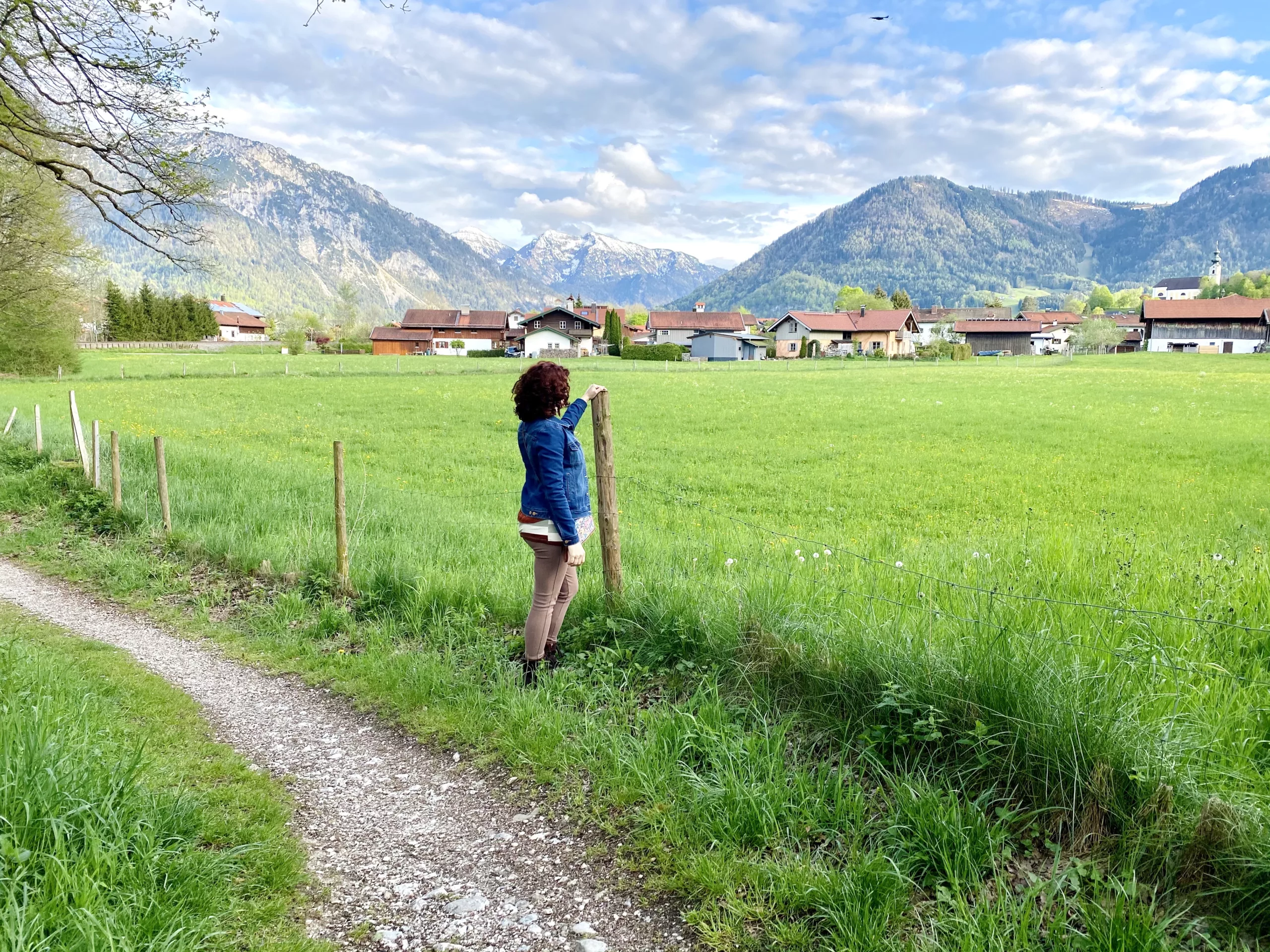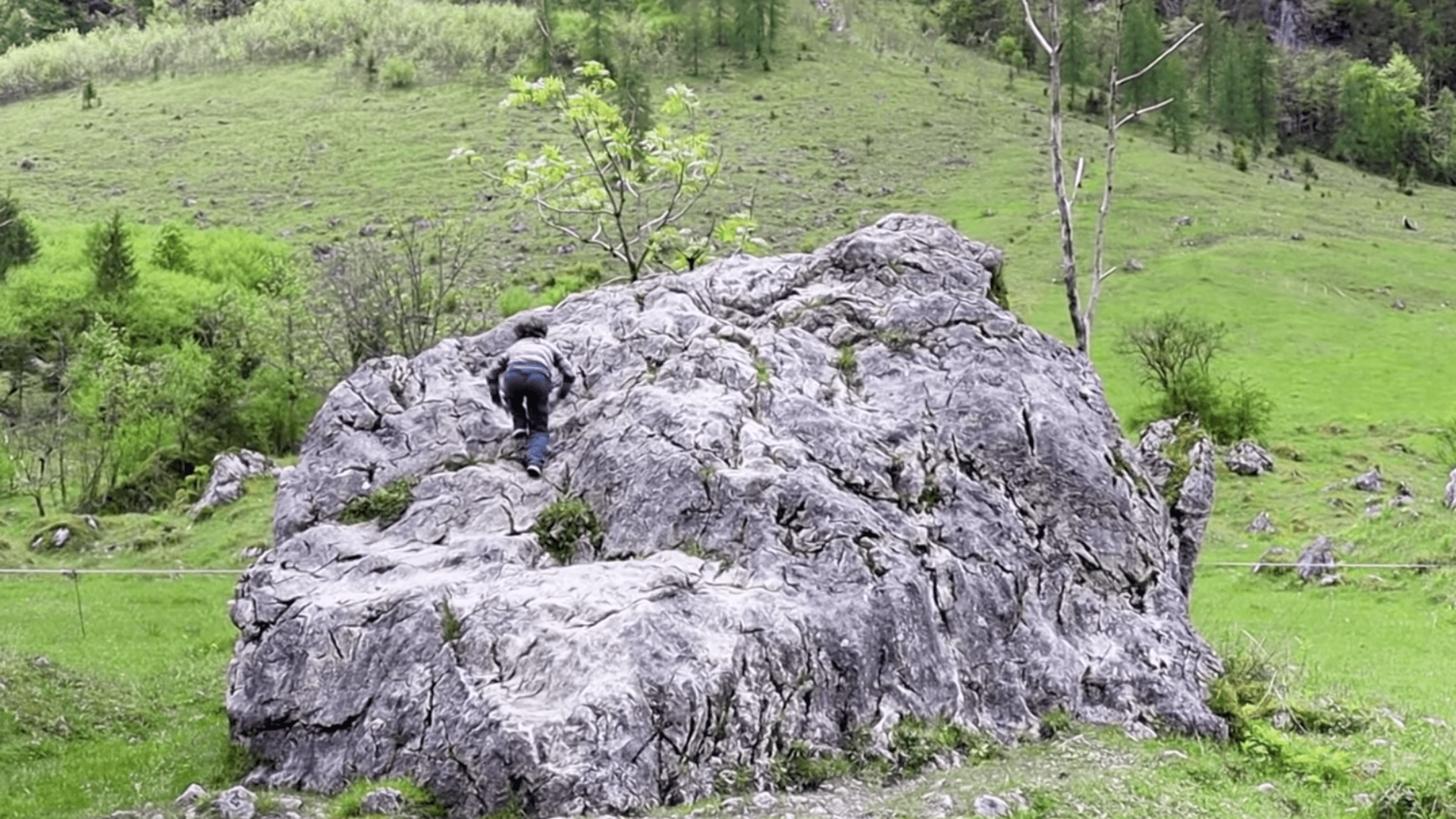Exploring Dark German Folklore: Scary Tales from Days of Old
Today we explore some dark German folklore and share six of the scariest and most famous legends from Germany. This folklore is a captivating and intriguing part of the country’s rich cultural heritage. From the tales of the real Frankenstein family, to the haunting presence of die Weiße Frau (the White Woman). Then there is Lorelei, the siren of the Rhine River, and the original and gruesome Brother’s Grimm stories. And let’s not forget haunted castles like Burg Eltz and the Berlin Spandau. Dark German folklore offers a glimpse into a fascinating world of supernatural wonder and German history.
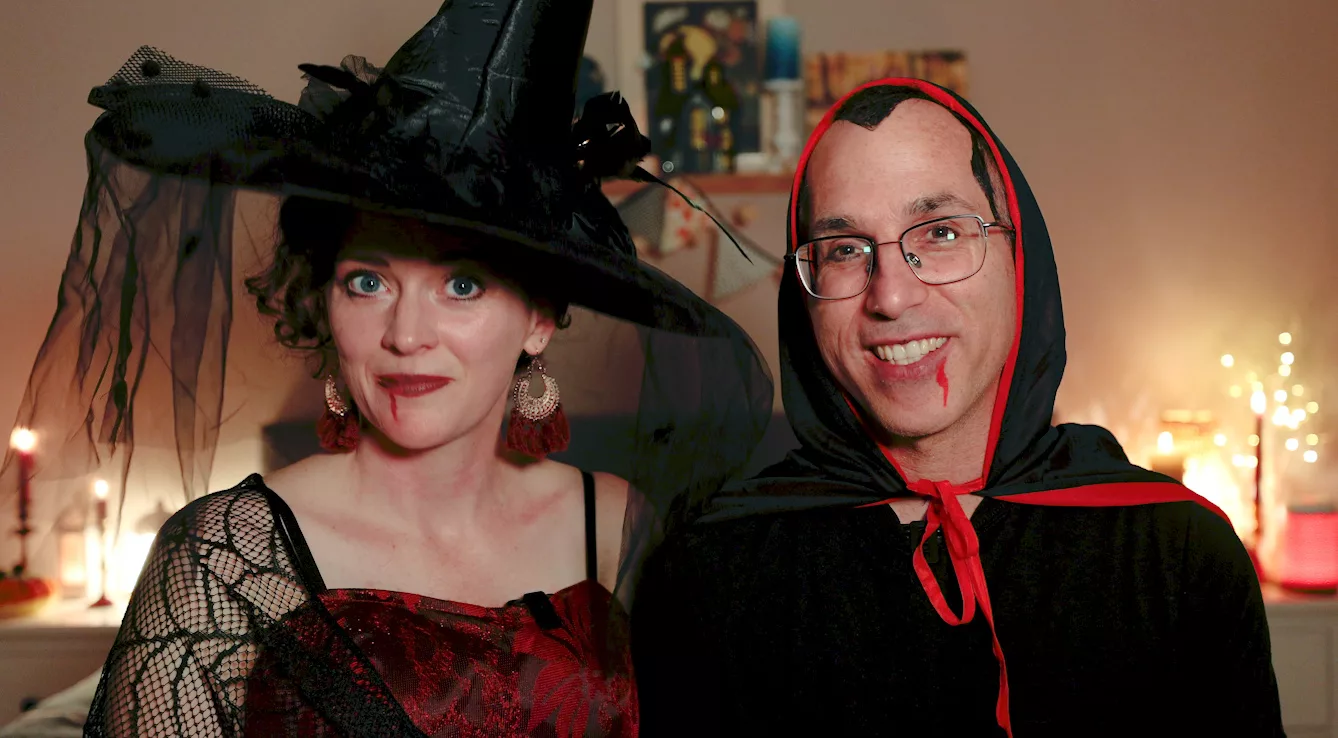
Why Germans Don’t Like or Need Halloween!
As we mentioned in our last video, Halloween is NOT popular in Germany. About 45% of Germans don’t like Halloween and don’t want it in the country! There are several reasons for this sentiment. First, Halloween interferes with the Catholic All Saint’s Day (Allerheiligen) and All Soul’s Day (Allerseeln) traditions. Germany has plenty of its own folklore, ghost stories, castles, and dark legends! They also have other holidays where there are costumes and candy, like St. Martin’s Day (Martinstag) and Carnival (Karnveal) (or Fasching in the South).
Dark German Folklore – 6 Legends
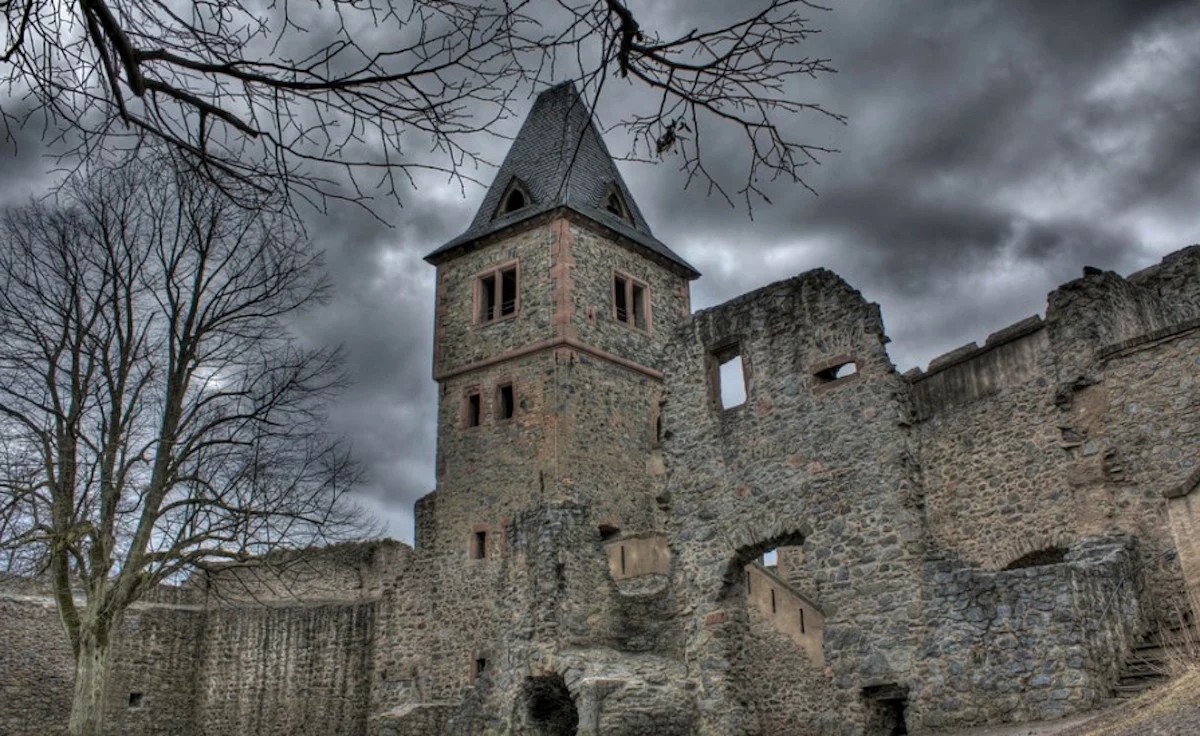
The REAL Frankenstein Castle and Family
The first and one of the most famous dark German folklore comes from an area around Frankfurt. What many may not know about Mary Shelley’s famous novel, Frankenstein, is that it is inspired by a real German family who lived near modern-day Frankfurt. You can even visit the ruins of their castle to this day, where Halloween festivals are held.
The castle was constructed somewhere around 1250 by Lord Conrad II Reiz of Breuberg. He later adopted the name “von und zu Frankenstein.”
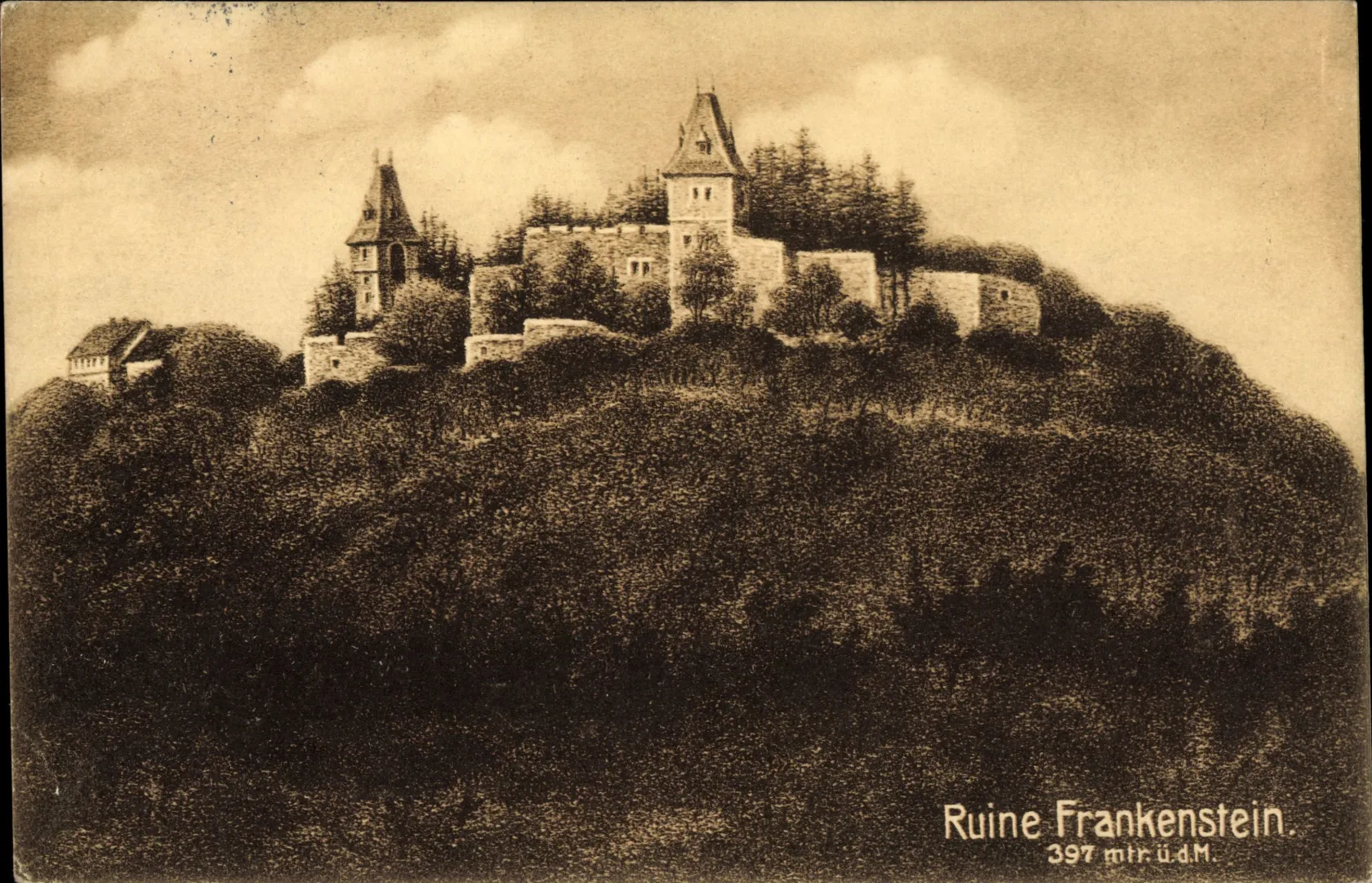
The Alchemist who Inspired the Frankenstein Novel
The story of Frankenstein comes much later from alchemist Johann Conrad Dippel, who was born in the castle in 1673. Dippel created an elixir known as Dippel’s Oil. Derived from pulverized animal bones, the dark, viscous oil was used as late as World War II as a chemical warfare agent. It rendered wells undrinkable without actually making the water poisonous.
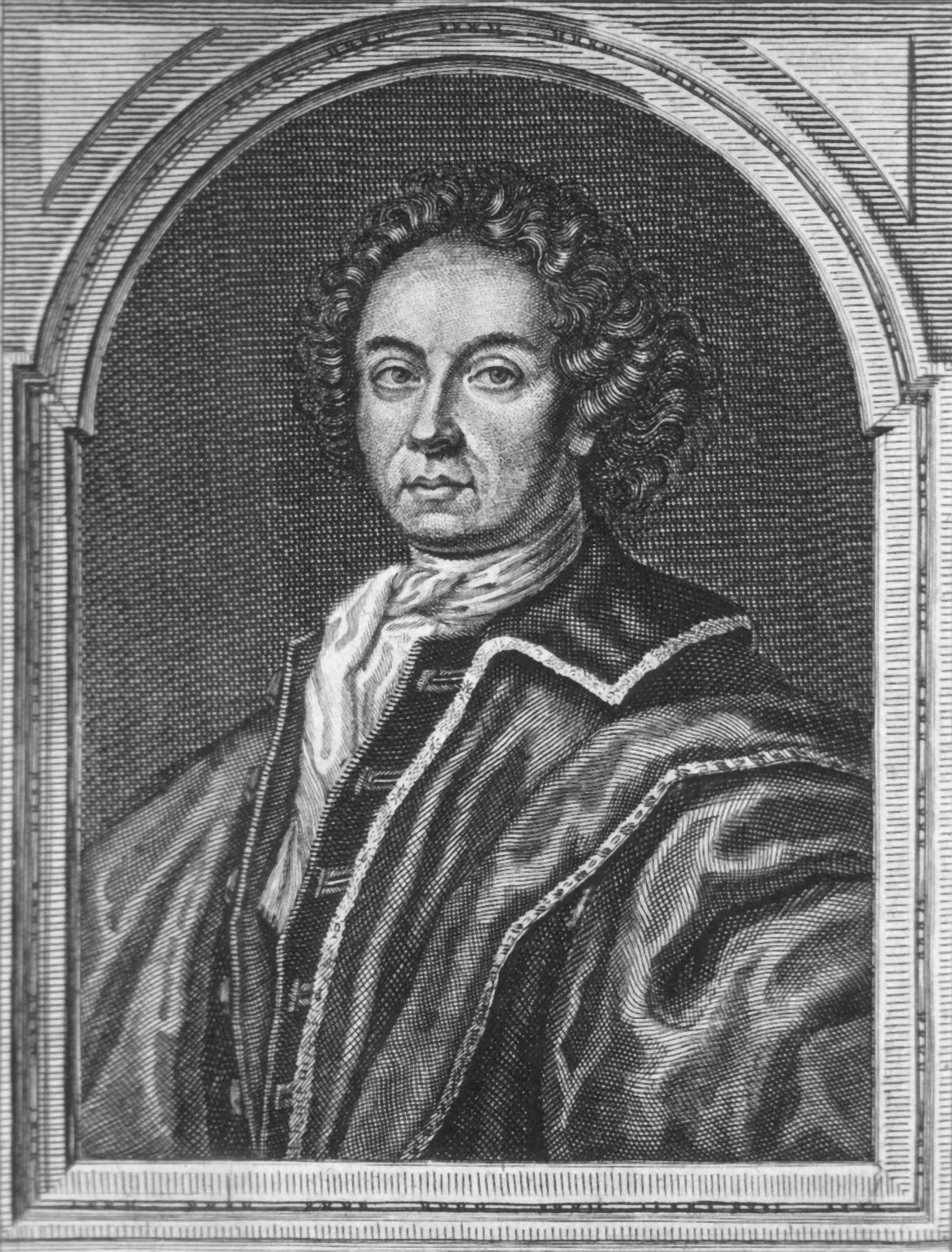
Rumors surrounding Dippel hold that, during his time at Frankenstein Castle, he practiced anatomy as well as alchemy. He even went so far as to exhume corpses and perform medical experiments on them! There are some reports claiming that Dippel created a monster that was brought to life by a bolt of lightning. Though it seems most likely that Shelley’s tale inspired these stories and not the other way around.
An intriguing local legend tells of Lord Georg of Frankenstein, who lived in the castle and fought a dragon that lurked at a nearby well. The legend goes that the lord was stung by the dragon’s poison tail during the skirmish and died after making his way back to the castle. The supposed tomb of Lord Georg can still be visited in the church in the nearby village of Nieder Beerbach.
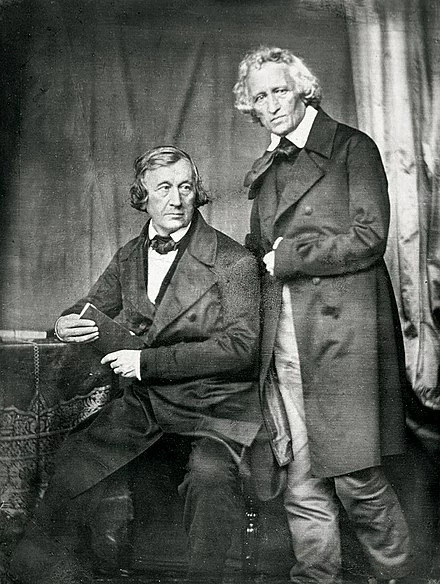
The Brothers Grimm and their Original Dark Fairy Tales
Next, we have the Brothers Grimm, or in German, die Brüder Grimm. They were German folklorists and linguists. They are best known for their collection of stories called Kinder und Hausmärchen (1812–22) (Grimm’s Fairy Tales). Their work led to the birth of the modern study of folklore. That collection is even listed by UNESCO in its Memory of the World Registry. Their books would become second in popularity only to the Bible in German-speaking lands. By the twentieth century, they would become the most famous collection of folk and fairy tales in the western world.
So die Brüder Grimm, Jacob and Wilhelm, were both born near Frankfurt in the 1780s. They were the oldest brothers of 6 siblings. Together they compiled other collections of folk music and folk literature. Jacob, in particular, did important work in historical linguistics and Germanic philology, which included the formulation of Grimm’s law. They were among the most important German scholars of their time.
The stories the brothers wrote were never intended to be read by children, so that fact alone is very important.
There were 7 editions of the tales, and the first few editions are the most haunting and gory. The later editions became more child-friendly for those times, as they adopted the stories to better suit the culture of the times.
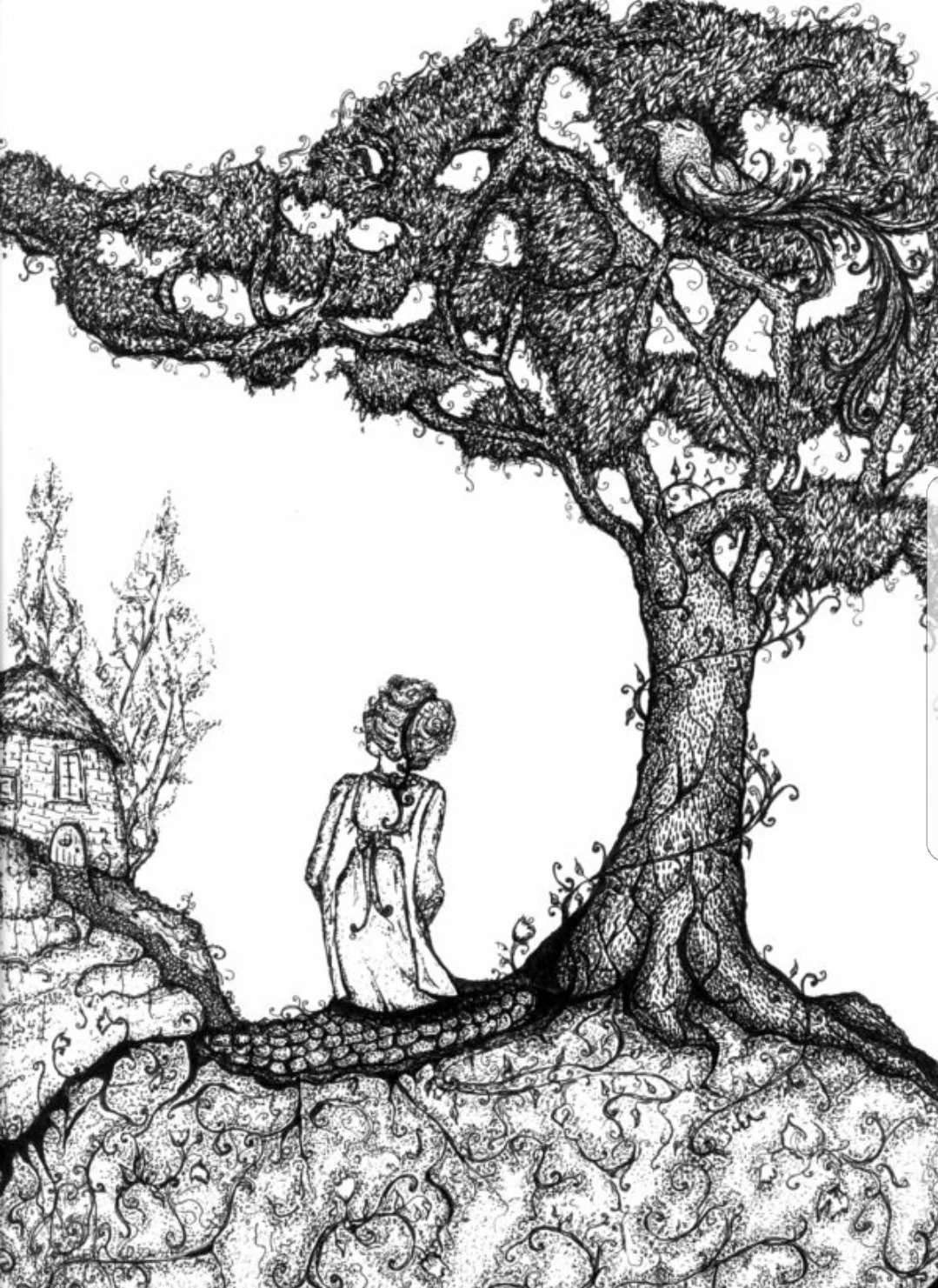
The Juniper Tree from the Brothers Grimm
Introduction
The horrid tale of a mother possessed by evil, a dinner of death, and a beautiful singing bird.
The Juniper Tree is a German fairy tale collected by the Brothers Grimm in Children’s and Household Tales. The first edition of their collection had critical reviews stating that the stories were unsuitable for children. The reviewers had a point; the early editions of the tales are famously gory. The Juniper Tree is a particularly gruesome tale and even features cannibalism and murder.
The Story starts with a Happy Couple
This story starts with a happy couple unable to conceive. It then takes various turns that shock at every corner. When the couple eventually has a son, the mother is so happy that she dies. She is buried under the Juniper Tree upon her request.
The Stepmother Becomes Jealous
The husband remarries later and has a second child, a daughter. His new wife is extremely jealous of the son’s beauty. She becomes possessed by ‘The Evil One,’ and so plots his death. She tricks him into opening a chest with the promise of an apple. Then she brutally chops off his head, using the lid and its heavy lock as he peers in.
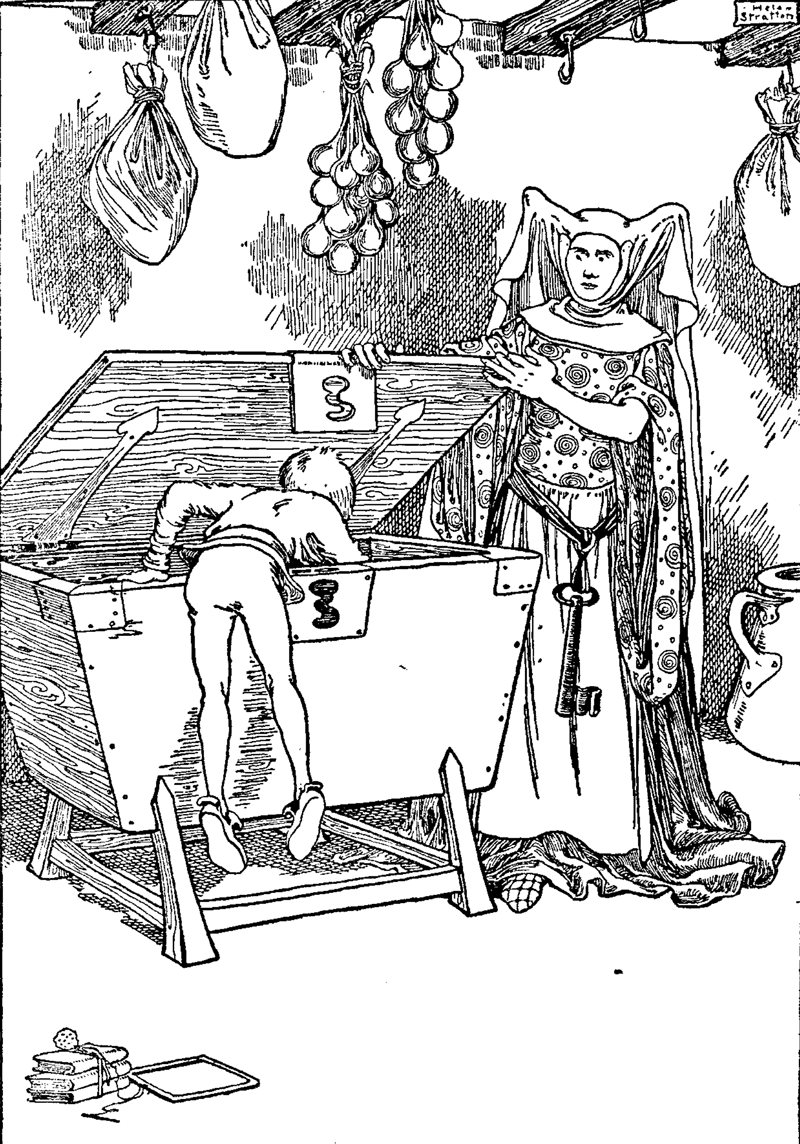
The evil woman blames the murder on her daughter. She then forces her to help prepare and cook the son for the husband’s dinner to hide the crime! The daughter cries so much the stew doesn’t need salt. When the father returns home, he enjoys the stew so much that he eats it all and throws the bones away under the table. The distraught daughter then gathers her brother’s bones and sets them under the Juniper Tree.
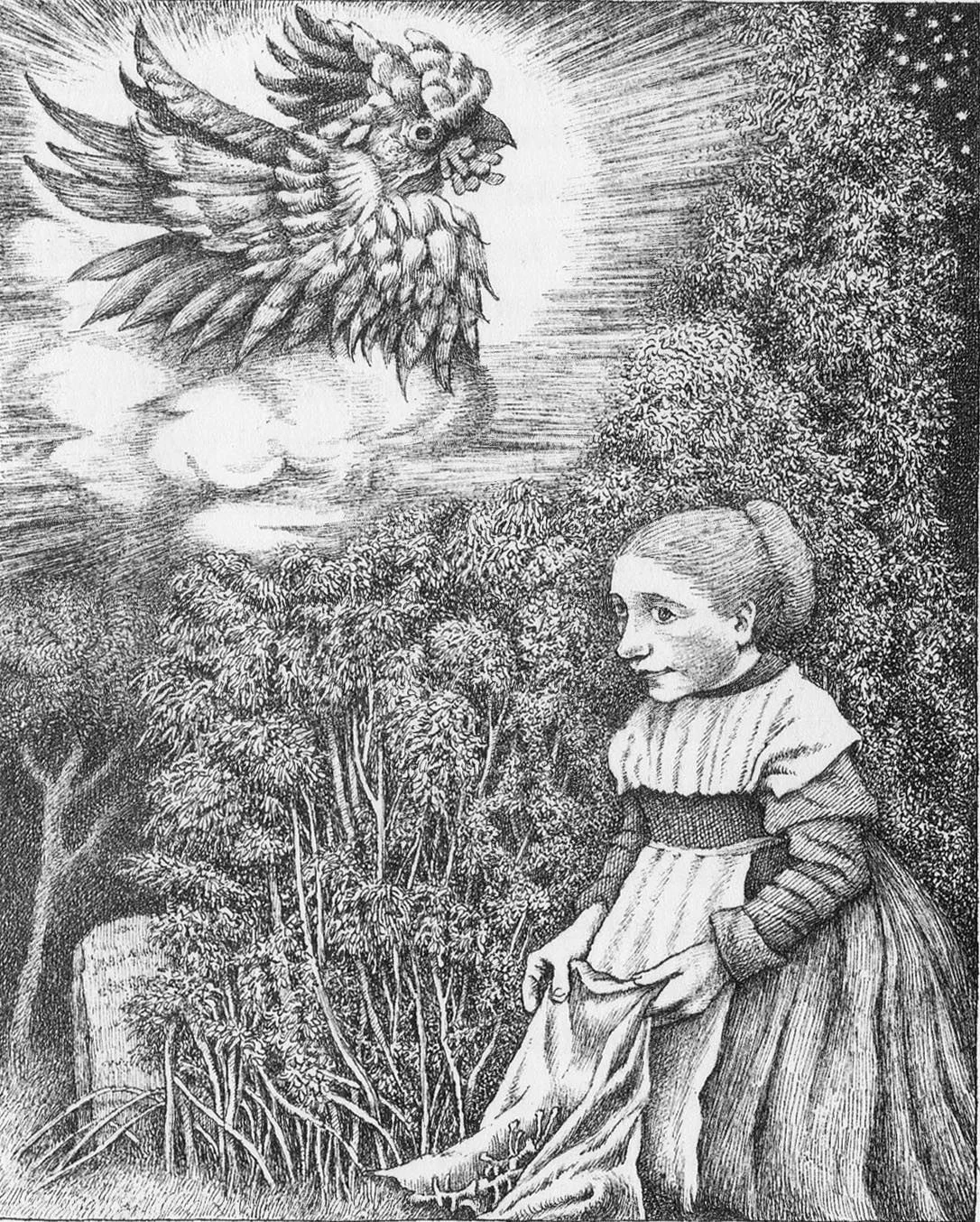
The boy is then bought back to life as a bird with a beautiful song. He returns home after collecting various gifts for his father and sister and a rather heavy millstone. He sings his beautiful song over and over to the woman driving her to insanity. When she runs out of the house following her daughter and husband, he drops the millstone on her and kills her, leaving only smoke, flames, and fire. The son then transforms from a bird back into his human body. The resurrected son, daughter, and father then live happily ever after.
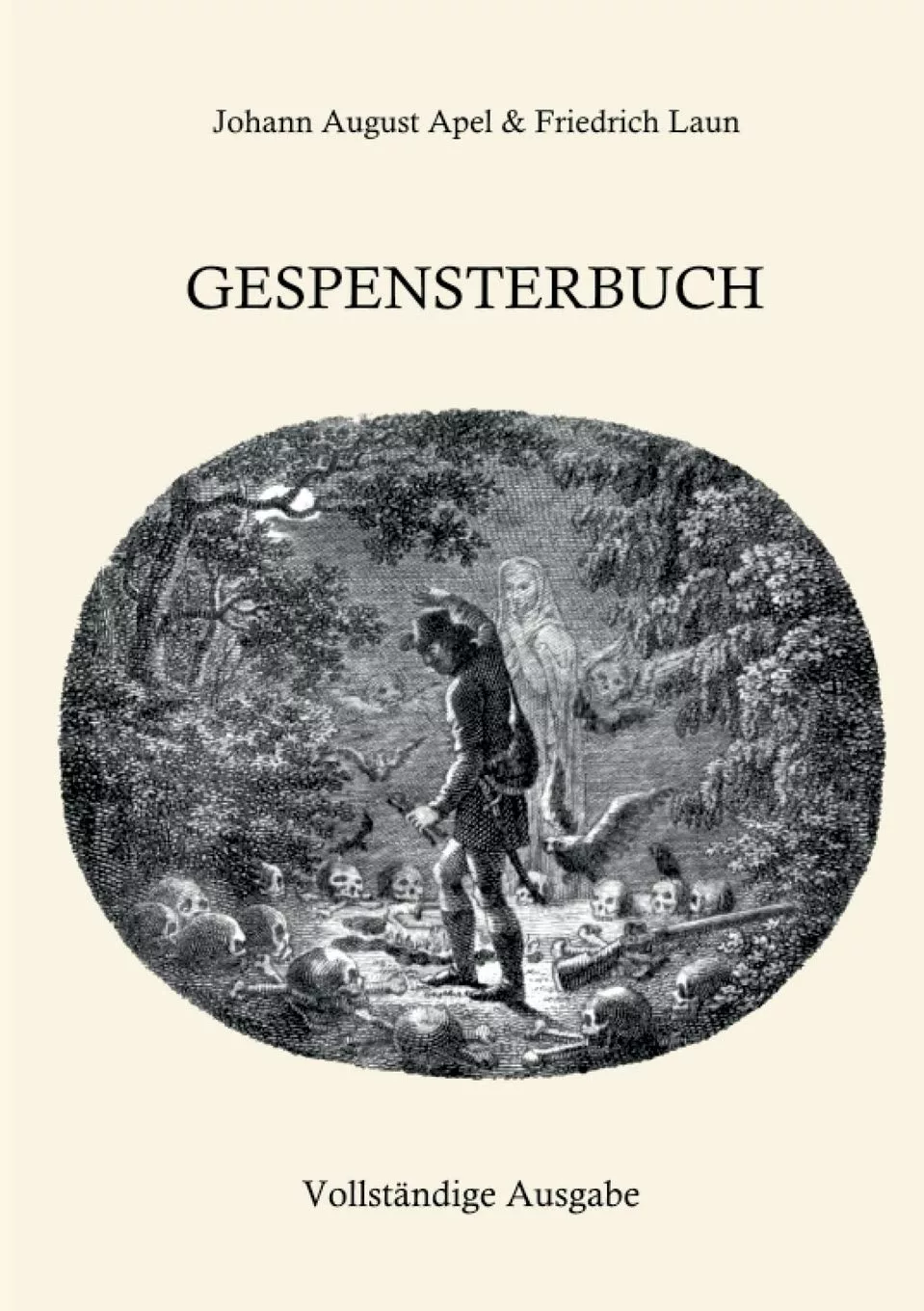
Das Gespensterbuch – Ghost and Dark German Folklore
This is a book of compiled ghost and horror stories told in Germany. It was compiled in 1810; excerpts from it are online if you’d like to read them.
Haunted German Castles
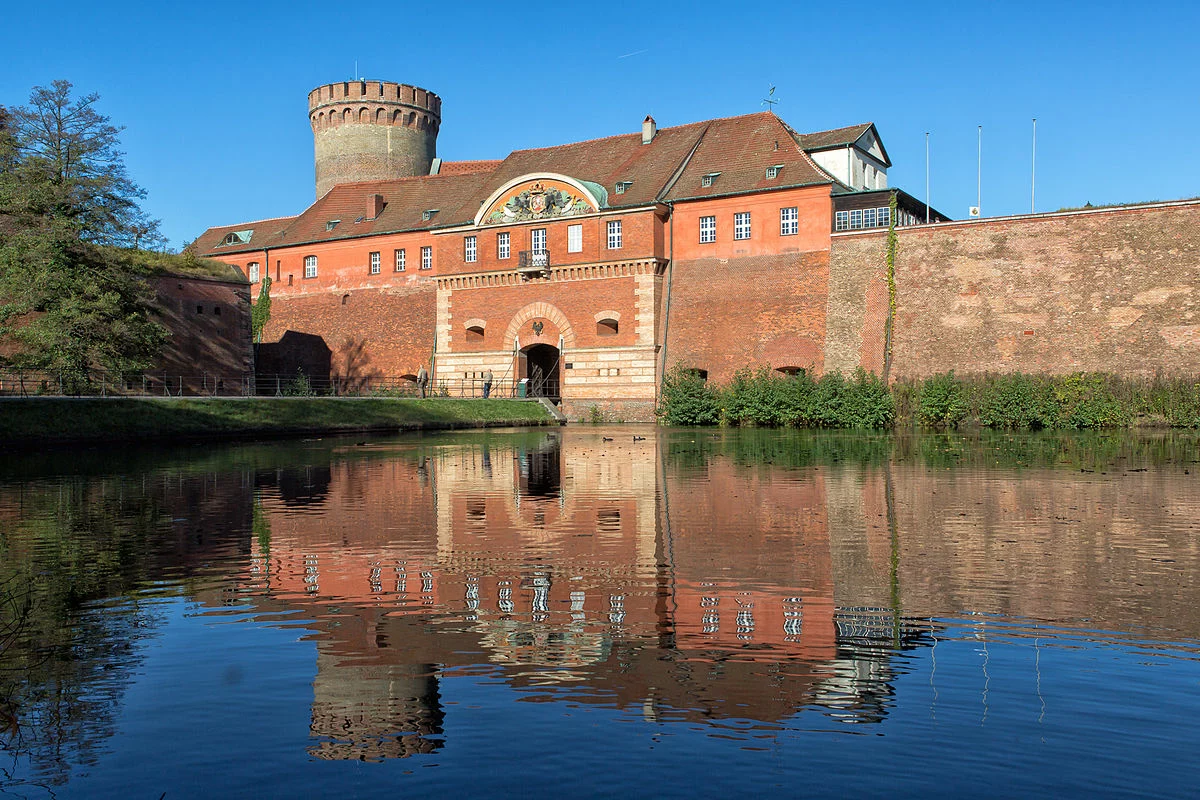
Berlin’s Spandau Citadel
Around 500 years ago, the prince-elector of Brandenburg, Joachim II, took a mistress called Anna Sydow after his second wife, Hedwig Jagiellon of Poland, suffered a severe injury. The injury put a great strain on his marriage, and the elector grew very close to Anna, putting her up in the Jagdschloss Grunewald, a Renaissance-style castle in Berlin.
Joachim grew so fond of Anna that he was even seen in public with her, which disgruntled the public. They had several children together, and Joachim even bestowed the title of Countess von Arneberg on his daughter, Magdalene. The years passed, and one day, Joachim made his son, Johann Georg, swear an oath to protect Anna after his death. He made his son swear the oath again a year later and, a year before his death, arranged for Magdalene to be placed in the care of Johann.
Despite his promises, Johann reneged on his oath and imprisoned Anna in Spandau Citadel almost immediately after his father died. Johann then married Magdalene to a court pension clerk. Anna remained in prison for four years until she died.
Johann continued his life as the elector of Brandenburg, imposing taxes on the poor and exiling the Jewish people from Brandenburg. He thought he had seen the last of Anna Sydow, but he was wrong. Eight days before his death, Anna appeared as a ghastly apparition, the White Woman.
Reichenstein Castle
This site is a UNESCO world heritage site, and its construction dates back to the 11th century. It was built to protect a neighboring village and had undergone different phases of siege, demolition, and reconstruction during its time. Based on popular folklore, this castle was a haven to a robber baron named Deitrich von Honhefels and his nine sons. Upon their capture, he pleaded for pardon for his sons, but his request wasn’t granted. They were all executed with von Honhefels decapitated and buried in the St. Clement chapel within the castle. Since then, it has been said that his headless ghost haunts this castle.
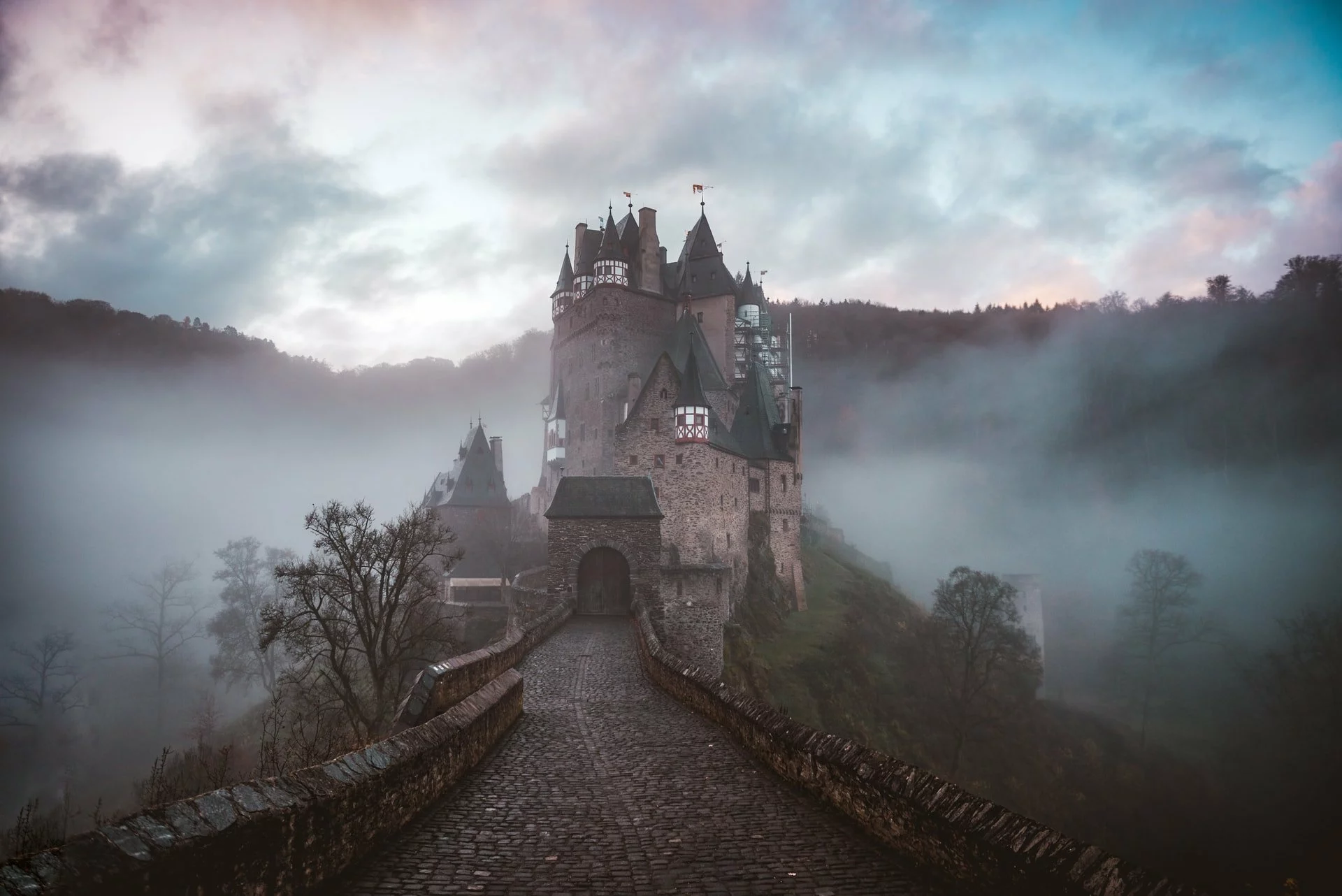
Burg Eltz and the Warrior Princess, Agnes
This is a picturesque medieval castle tucked away in the hills in the west of Germany, between Koblenz and Trier. It is one of Germany’s more famous castles and has never been destroyed or taken in battle. Since its construction, and even to this day, the castle has been owned by the Eltz family. See the video of our visit to the castle here!
The castle is also said to be haunted by the forlorn ghost of Agnes, daughter of a fifteenth-century earl from the noble Eltz family. Agnes’ hand in marriage was promised to the squire of Braunsburg when they were both just children. Years passed, and as the two passed into adulthood, their engagement day drew close. Their families arranged for them to finally meet for the first time just days before the engagement took place.
Upon meeting the young squire, Agnes was shocked at how rude and callous he was. Agnes begged her father to call off the engagement, but he refused – the marriage had been sealed years ago and had to be honored. Negotiations concerning dowry and heritage began between the two families. In the final meeting, when everything had been agreed upon, the squire turned to kiss his soon-to-be bride. Agnes refused to kiss her betrothed, and he responded angrily, swearing vehemently at her.
Till’ death do us part
Tensions rose, and the squire’s family was expelled from the castle. The Braunsberg squire raised his forces and laid siege. The Eltzer guards were tricked into leaving the castle and chasing an expeditionary force, allowing the squire to sneak in with his heavily armored bodyguard one night. They began massacring the Eltzer residents, servants, and the few guards that were left behind.
Agnes awoke to the sound of murder and, upon seeing the slaughter from the window of her tower, rushed to the castle armory. She took her brother’s ornate breastplate and sword and rushed into battle, ferociously hacking back the attackers. Her courage inspired the few remaining defenders to slowly turn the tide of the battle. The attackers seemed all but beaten until an arrow struck and pierced Agnes’ armor, fatally wounding her.
Upon seeing her fall, the Eltzer defenders rushed the squire, hacking him down and driving off the attackers. The castle was saved, but Agnes succumbed to her wounds, her spirit forever cursed to haunt the very castle she fought to defend.
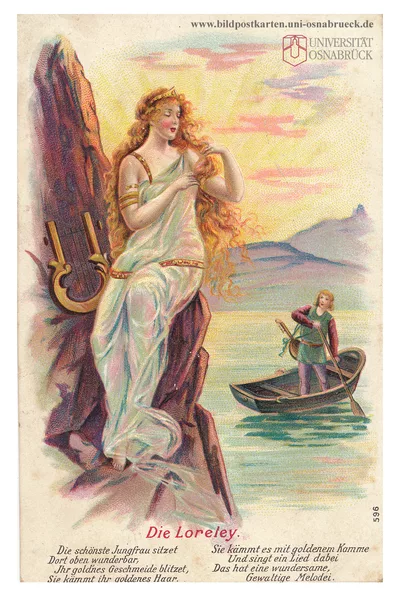
Lorelei – A Haunting Siren of the Rhine River
According to German folklore, atop a steep rock on the Rhine River, there once lived an exquisite nymph named Lorelei. She was dressed in white and wore a wreath of stars in her hair. Not only was her physical beauty astounding, but the siren sang a song so haunting and hypnotizing that no sailor could resist her aura. Enticed by her song, legend has it that no sailor who tried to reach Lorelei ever returned. Instead, they would meet their final fate by crashing against the dangerous rocks. Today, a statue of Lorelei watches over the treacherous stretch of water near Sankt Goarshausen.
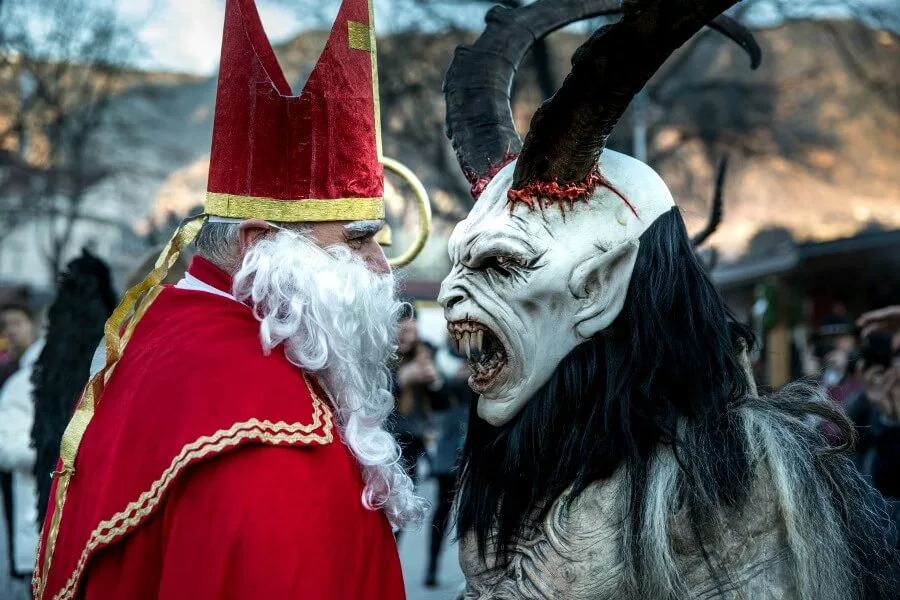
Krampus – St. Nick’s Evil Sidekick
We saved the scariest of the dark German folklore for last! Krampus is a mythical figure originating from the folklore of Austria and southern Germany. Historically, Krampus was believed to be the counterpart of Saint Nicholas and was associated with the Christmas holiday season. During the celebration of St. Nicholas Day on December 6th, people would dress up as Krampus and roam the streets, frightening children and adults alike. This was meant to serve as a reminder that while Saint Nicholas rewards good behavior, Krampus punishes those who misbehave.
How Krampus is Celebrated Today
Today, the tradition of Krampus has evolved and is embraced as part of the cultural heritage of southern Germany and Austria. In recent years, Krampus has become a popular figure in holiday decorations and festivals. Krampus parades, where participants dress up as the mythical creature, have become a common sight during the Christmas season in cities such as Salzburg and Munich. Krampus is also depicted in various forms of art, including paintings, sculptures, and even holiday cards. Despite some criticism from certain groups, the Krampus tradition continues to thrive in southern Germany and Austria, serving as a unique and fascinating aspect of their cultural heritage.
We Attended a Krampuslauf!
We actually attended a Krampuslauf in a nearby village, and it was QUITE a weird experience for us! Check out what we thought about it in this post and video here.


